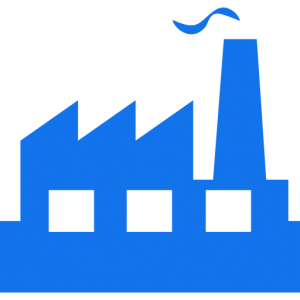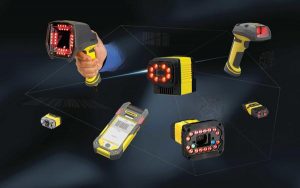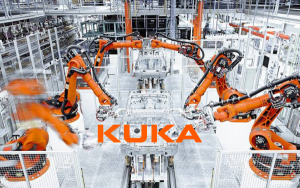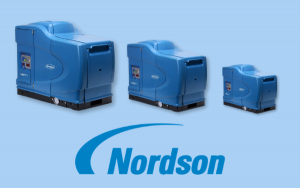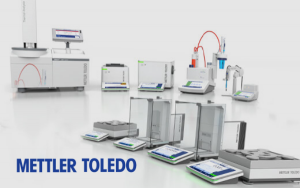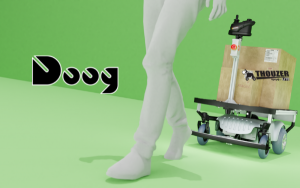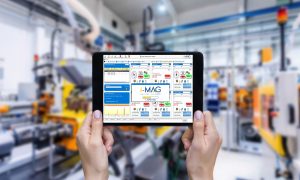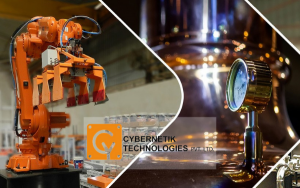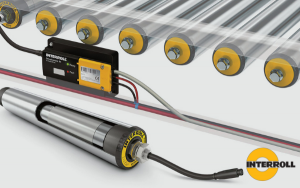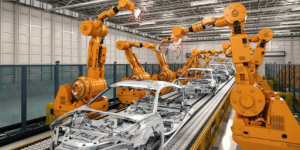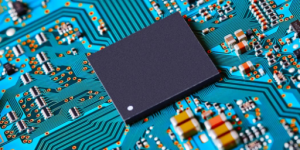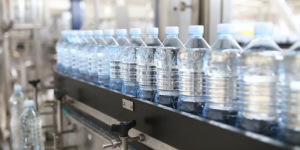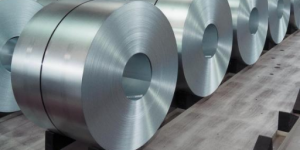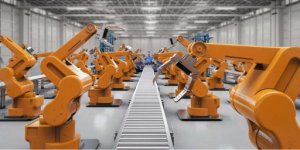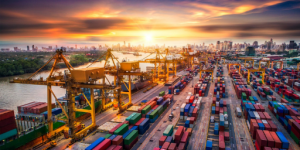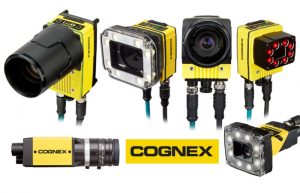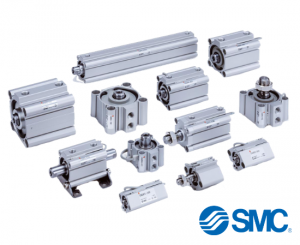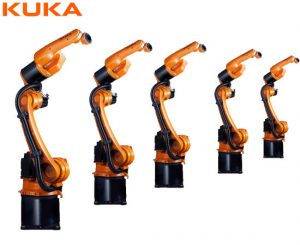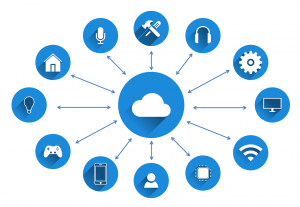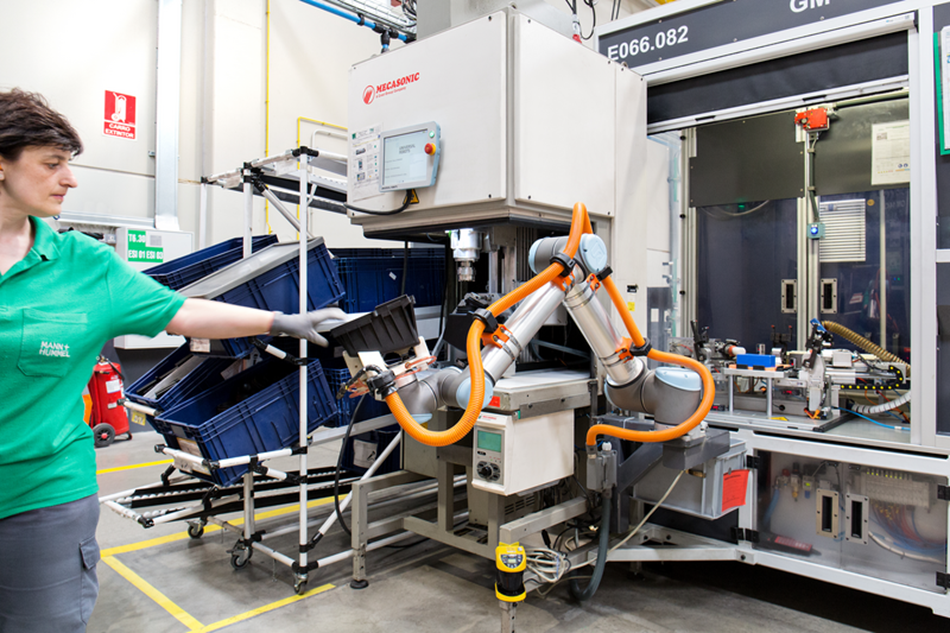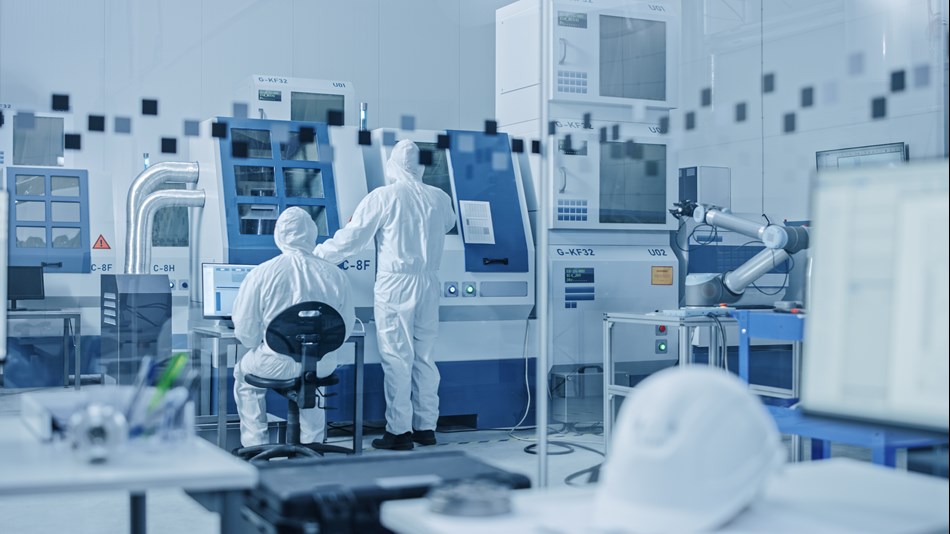It is not difficult to realize, the connection between robots and humans is being tightened more and more. Because the need for robots to replace humans in the future is increasing while the development of technology has contributed to an increase in the number of robot jobs that can replace humans. Initially, collaborative robots participate in production to improve health, then take on simple tasks and finally replace humans at dangerous stages. This is also the process of UR intelligent robot generation changing the way people work in the future.
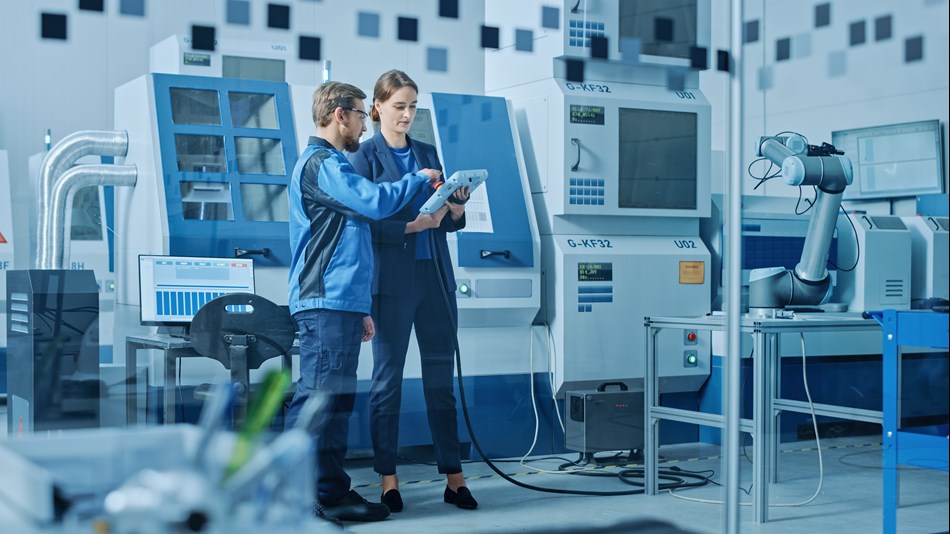
USE ROBOTS TO REPLACE HUMANS IN STRONG TASKS
The laborious tasks that seem to be typical in industrial production environments have the most impact on workers’ health. This is one of the robot jobs that can replace humans that has received a lot of positive feedback.
HELP INCREASE THE PRODUCTION OF THE BUSINESS
In the “production line” consisting of many tasks linked together, there will be simple and quick steps interspersed with heavy and laborious tasks. In order for the entire production chain to operate continuously, managers must flexibly coordinate so that the finished product (output) between departments does not differ too much. While in reality, agile processes always have to delay to wait for output from related heavy tasks, because it takes longer.
Recognizing the urgency of this situation to be resolved soon, Universal Robots has prioritized deploying robots to replace humans in laborious tasks above all. As soon as it was applied, the UR intelligent robot generation brought excitement to everyone when it was able to complete it gently in a much shorter time.
The production time difference between the tasks solved, the steady and steady pace of production has contributed to a clear increase in productivity for the business. This also improves the reliability of the collaborative robot, attracting more manufacturers to switch to using robots to replace humans in the future on laborious tasks.
HELP UP THE AGE OF WORKERS
In addition to the obvious productivity benefits, businesses also have the cumulative benefit of workers’ age when robots replace humans in the future in laborious tasks. So how is the age of workers related to the development of industrial production units?
Before collaborative robots were deployed to replace humans in heavy jobs, both businesses and workers had no choice but to use human power. Although, we are all well aware that this will directly affect our health and ability to work in the future. Not only that, this forces businesses to increase the frequency of recruiting and training new workers. Therefore, robots replacing humans in the future in laborious tasks will bring both immediate and long-term benefits to workers and production unit owners.

